THE WAR YEARS
Even though the United States had not officially declared war, there was a military buildup as early as 1939. The project in Opa Locka was part of that effort.
Frank senior - just before his death - had also begun work for the Navy in Key West.
After the death of their father, Al Fay, the officer in charge of the construction work in Key West continued the contracts with the young Mackle brothers.
And after Pearl Harbor the Key West work grew substantially.
U.S. involvement in
World War II
December 7, 1941 to
August 14, 1945
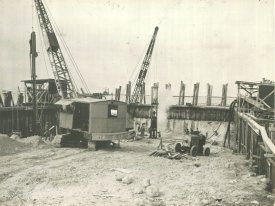
The military contracts in Key West were undertaken in the name of Mackle-Leach Construction Company. Leach was an engineer with the heavy equipment needed to build roads bridges and other earth projects.
The work in Key West involved the rapid expansion of the military bases there. Early Navy base work was directed by Officer in Charge, A. J. Fay - later Admiral Fay - who would be a friend and associate with the Mackles long after the war.
Admiral Fay was one of the group who founded the Seabees - the Navy's Construction Battalion - which gained so much honor - in all theaters of World War II.
Work was also done for the Air Force in Key West.
The projects in Key West were many as were the accolades. The tradition handed down by their father - most recently demonstrated in the Opa Locka contract - for quality, on-time, within budget work was being carried on.
While it was better than being shipped overseas, the war years were difficult for the Frank and Virginia. Mackle Company operations moved to Key West. Mom and Dad lived in Key West for a while. Later Mom drove back to Miami on weekends while Dad stayed and worked. The drive to and from Key West - always a challenge - was more difficult in those days.
At the Key West Navy Base they built an emergency landing field and airport facilities for the Third Air Force. There is reference to an $18,000,000 heavy construction job. Pictures in the scrapbooks include those of a ramp for sea planes, a field office, married officers quarters, a new squad house, nurses quarters, a general storehouse, an addition to the blacksmith shop, the enlisted men's barracks, a radio receiving station, a celestial navigation building, salt water tower and pump house, officers recreation center and waves quarters as well as many other projects.
There is also an article on the Key West Naval hospital built by The Mackle Company and - interestingly - designed by Harold Steward.
In a rushed, top secret project - they also built a mine assembly plant in Placida, Florida near Boca Grande.
The work in Key West and work in general seems to have ended around the middle of 1943.
Because of the work for the military the brothers had a deferment from military service for the first year and a half of the war. That came to an end, however, as Dad was commissioned into the Navy in July of 1943. Robert also was commissioned about the same time.
Dad completed service schools at Camp Peary, Virginia and Norfolk, Virginia. He was commissioned as an officer. He served his military duty in Washington DC.
In Washington in September of 1944 his son, Frank E. Mackle III was born.
Frank Jr. was granted an Honorable Discharge from active duty in the Navy in February of 1946. From documents in the files it appears that he was in the inactive reserve until final discharge in October 1954. Inactive reserve status at that time was merely a formality and did not involve any actual reserve activities.
Elliott ran the company during last two years of the war. I have no record of work done by the Mackle Company during that time. I know that there was very little non-military work available as materials were being rationed and family plans were "on hold" for the duration of the war.
One project that the Mackle Company completed either at the end of the war or soon afterwards was the construction of the original Riviera Country Club clubhouse. Bill O'Dowd - although he did not join the company until later - believes that Elliott had the Riviera Country Club work under way when dad was discharged from the service.
It is probable that Elliott kept the company going in the latter part of the War with this type small commercial work in Miami and Coral Gables. A number of undated photographs of work on Miracle Mile may be from this period as well.
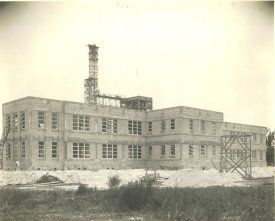
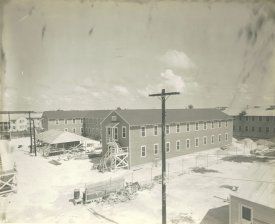
Various Key West
Construction Projects
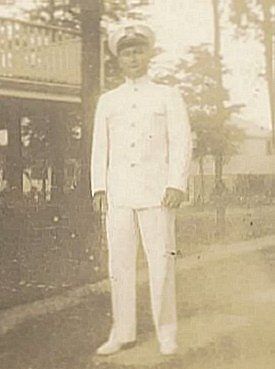
Dad in Uniform
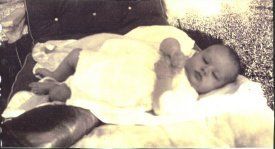
Frank III
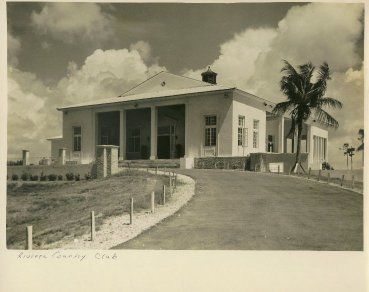
Riviera Country Club
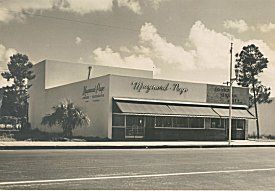
Miracle Mile Store